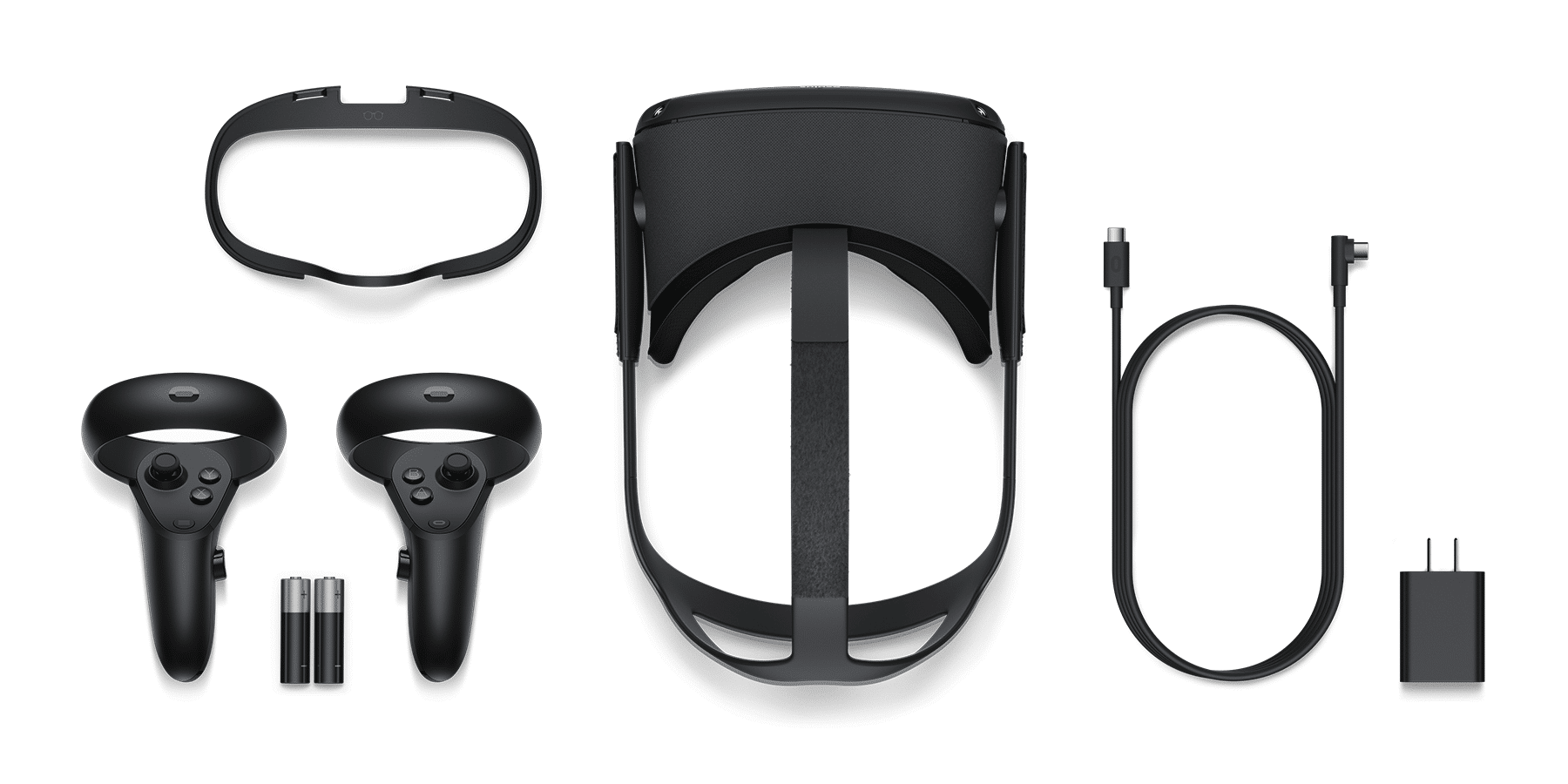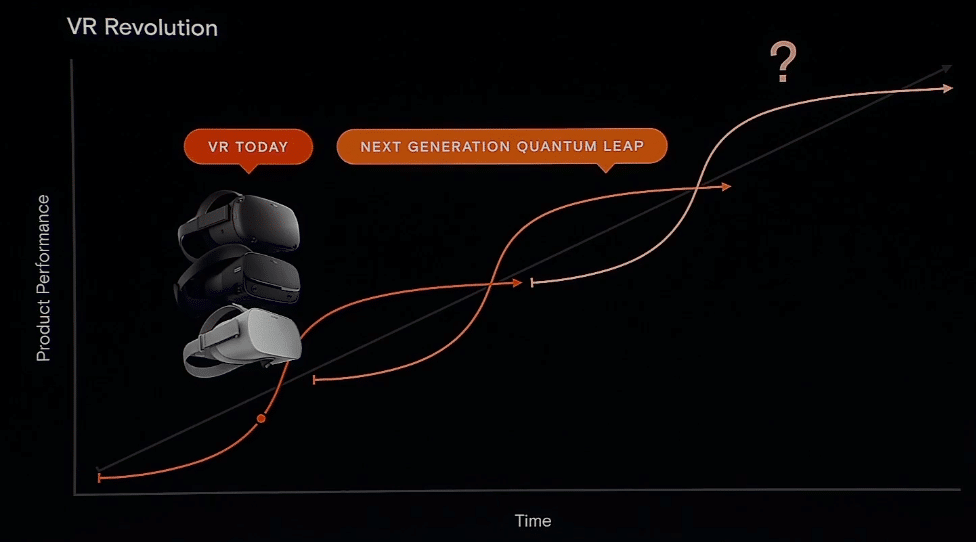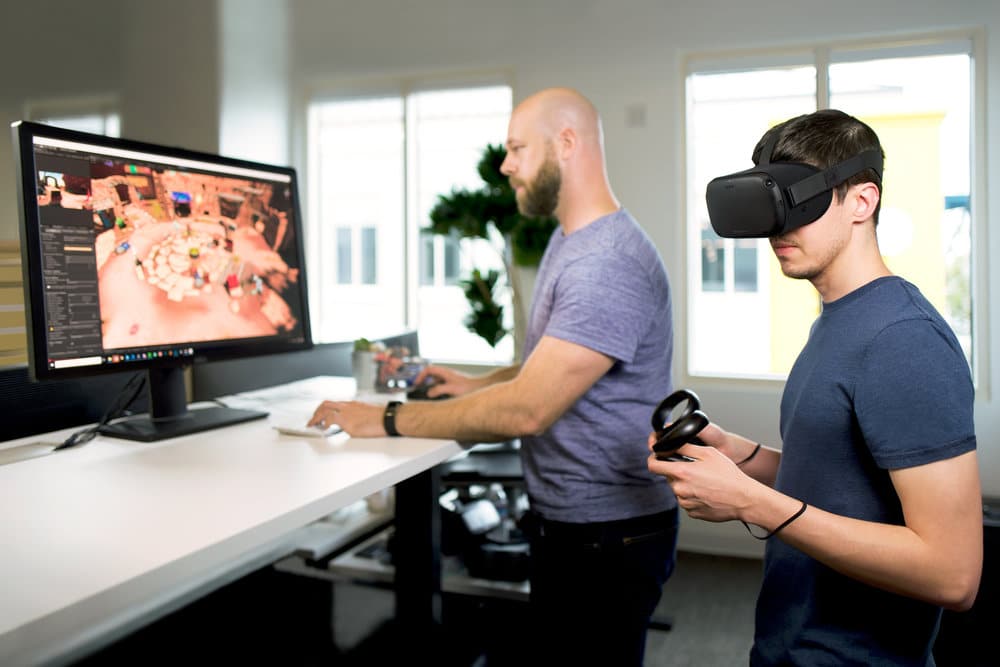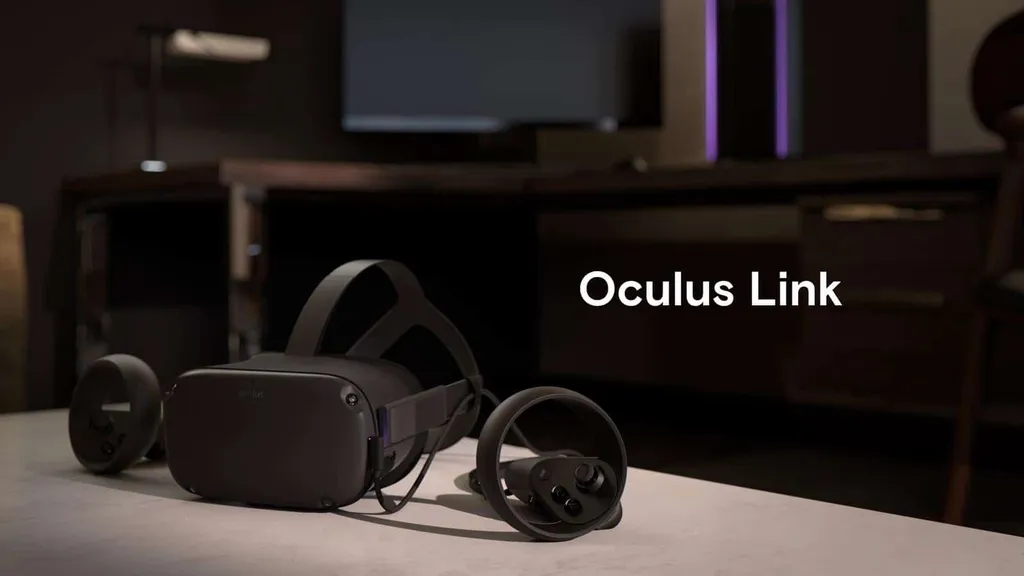The officially recommended USB cable for Oculus Link beta is backordered for two weeks. So is the best Link cable we’ve tested. Facebook’s own cable will be $79, and won’t be widely available until next year.
This means that if you just want to plug your Quest into your PC to play Rift-only games, you’ll have to dig around the Internet for potentially compatible alternatives (that often won’t work) or just deal with a shorter cable only suitable for seated gameplay — a dramatic drop in quality of experience from the wireless freedom you’ll be used to with Quest.
A Short Sighted Decision
But it didn’t have to be like this. The cable included with the Oculus Quest, carefully called the “charging cable”, does not support Oculus Link. That’s because it is actually a USB 2.0 cable, not 3.0 or above.

Given that even a small startup can launch an essentially identical cable but USB 3.0 speed, with an included adapter, for $20, it seems astonishing that Facebook only includes a 2.0 cable with Quest. If we assume that the PartyLink cable is making a healthy margin, it’s likely Facebook only saved about $5 per Quest, or less, by not going with USB 3.0.
You could of course make the argument that Oculus Link was a last minute project and Facebook didn’t expect it to work out. Or perhaps that the project was only greenlighted due to some change in leadership or strategy.

But given that Facebook clearly intends Quest to have a console-like lifespan, did the company really not plan for future product developments that would require USB 3.0 speeds? And even if they didn’t, why didn’t they start packing in a USB 3.0 cable with every newly produced Quest once Link was finalized, or even when it was announced at OC6?
Why when a user orders a Quest today are they still given a relatively long cable with a convenient right angled USB Type-C connector, yet not sufficient speed for Oculus Link?
Faster Development Is Possible
Another use case which would be improved with 3.0 speeds is development. In Unity and Unreal when you want to test changes you’ve just made on Quest, the engine will compile the app, then transfer it over to the Quest where it is installed/updated.
This takes much longer on 2.0 than 3.0 and this increases development time while slowing down the iteration rate. It could even be argued that for developers alone the cable should have been USB 3.0.
Wireless Oculus Link?
Creating a wireless version of Oculus Link seems to be an ongoing project at Facebook. The idea was explained at Oculus Connect 6 by Carmack, with the bottleneck to streaming VR over WiFi being the variability in routers and network congestion. This is why a dedicated Facebook-made dongle, which connects the PC directly to Quest, would be the solution. I should note that Carmack also revealed Quest’s displays are capable of running at 90Hz, and that it could have been FCC certified at this rate — and still could be.

Altogether, we’re seeing a lot of evidence that Oculus Quest could do a lot more with PC VR if the company puts more effort and planning into the system. Facebook’s VR content executive Jason Rubin claimed earlier this year that the company “now has a plan” for VR. Presentations at recent Oculus Connects seem more certain of the schedule for the future as well. Hopefully this rhetoric is true, and we’ll see Facebook embrace Quest more as a PC VR headset alongside its standalone mode.




























